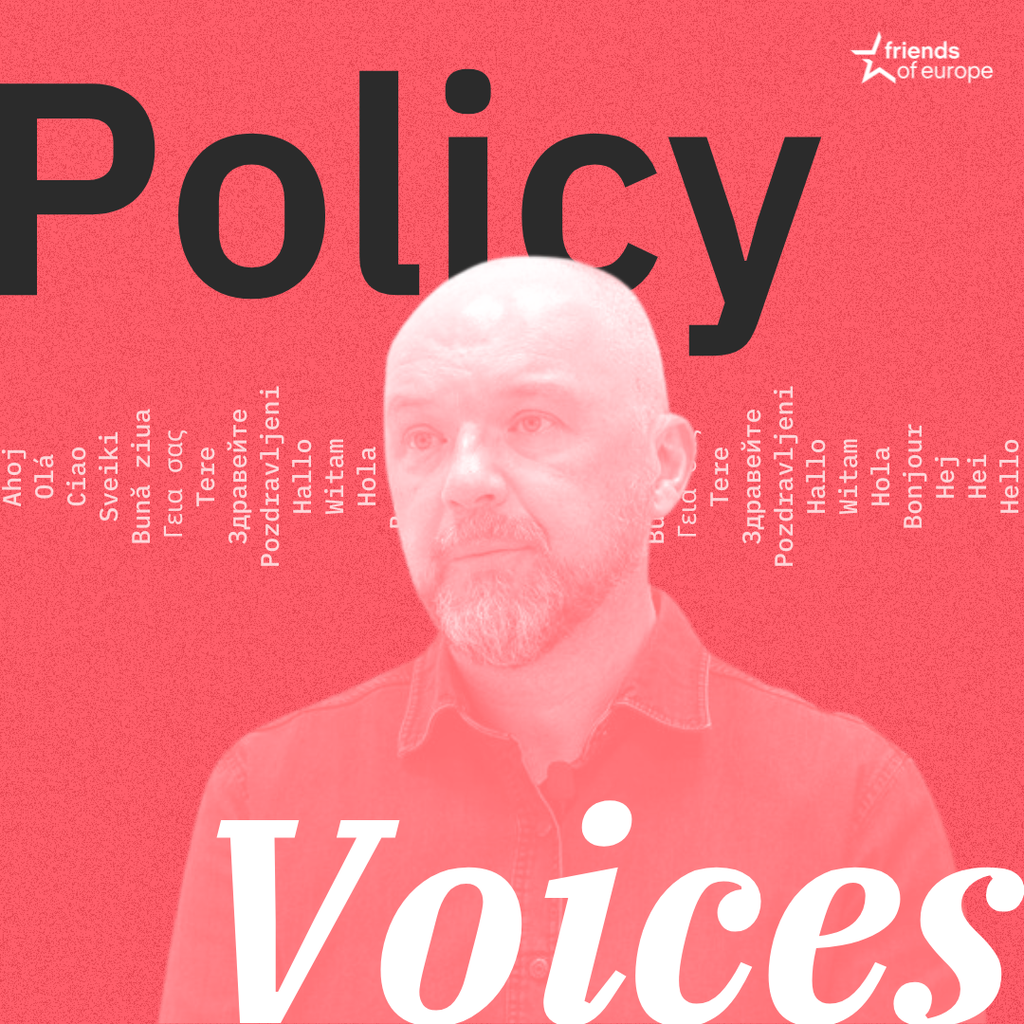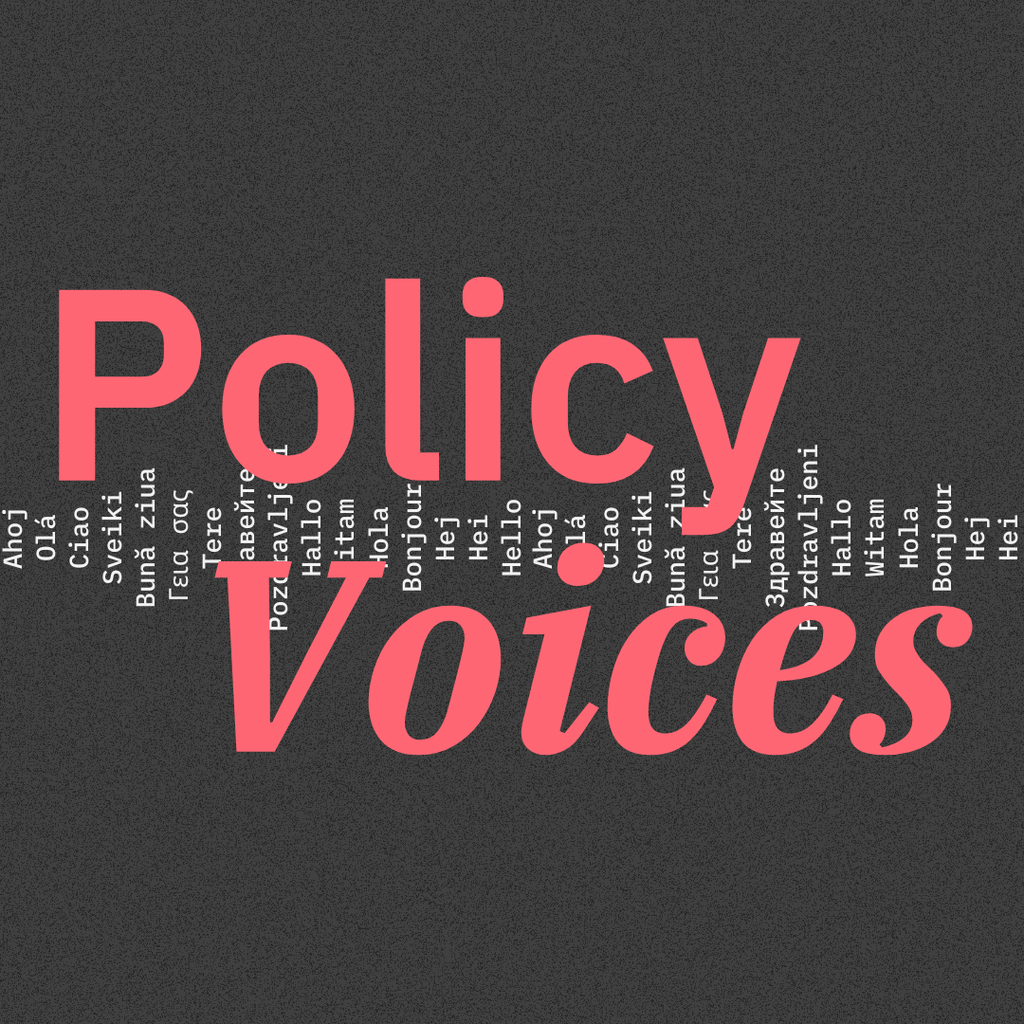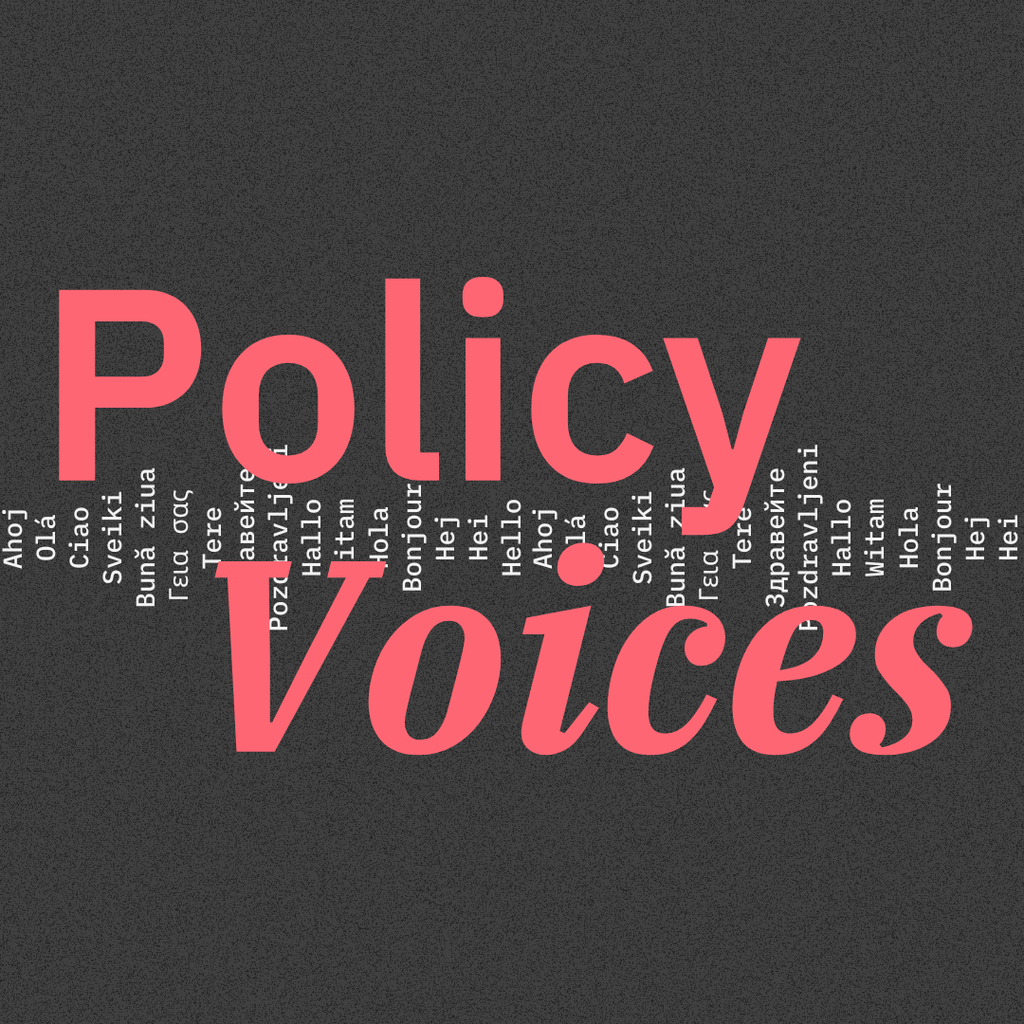Europe-China Forum 2025
Next event In person & livestreamed

- Area of Expertise
- Global Europe

Professor and Associate Dean of the Rotterdam School of Management, Erasmus University Rotterdam
Dr. ir. Ying Zhang is Associate Professor of Entrepreneurship and Innovation, China Economy and Business and Associate Dean for China Business and Relations at the Rotterdam School of Management, Erasmus University Rotterdam, The Netherlands
The Eurasian Silk Road was developed over a thousand years ago, and then revived by China’s President Xi Jinping in 2013 as a part of the country’s economic transition. The Belt and Road Initiative (BRI), also called the New Silk Road and the One-Belt-One-Road, seems to have been widely accepted as an initiative to facilitate trade across the Eurasian continent, as well as geo-economic integration and global prosperity.
However, it has been interpreted in various other ways. Two points of view stand out: There are those who view it as China’s latest strategy for boosting its slowing domestic economic growth. The others see it as a means to project China’s growing influence and an alternative to existing international geo-economic relationships. As such, the initiative has elicited respect, awe and enthusiasm among those who believe that it illustrates China’s visionary view of the future. But it has also raised questions over whether it is an altruistic contribution to the world, or just another plot by an egotistical “great power” to further its own self-interest.
China has been catapulted into the position of “thought leader” for a new world order
There are reasons for the concerns, just as there have been over the Trans-Pacific Partnership (TPP) promoted by the other “great power”, the United States. Some thought of the TPP as a beacon for global free trade, giving the economies of the Pacific Rim their own, well-deserved trading club. Others saw it as just another instrument for the US to align its Pacific Rim allies in an exclusive economic club. With the Trump administration’s unexpected withdrawal of the US from TPP, attention has shifted to the other forward-looking initiative Asian initiative, namely the BRI. As a result, China has been catapulted into the position of “thought leader” for a new world order.
Those who criticise the BRI are opposed to change or motivated by populism rather than a vision of collective prosperity. However, over three years’ of BRI-related framework projects across the Eurasian continent, reality is beginning to sink in. Many countries have started to support BRI, because they see its tangible advantages, both in the short term and in the long run. Others continue to beat the drum against change. Another group is torn between believing in the benefits of the new vision but still fearing ramifications that they cannot fully grasp.
However, the Asian Infrastructure Investment Bank (AIIB), the BRI’s sister-initiative, has been widely accepted. AIIB is commonly referred to as a crowd-funded, crowd-owned project, suggesting that BRI might be of the same nature: BRI is not only a jointly-owned platform, but is also one that requires shared commitment, including design, planning, investment and execution. If we call AIIB a bridge to the future world financial order, BRI should be an arm for logistics and trade in this new order.
China and its Western partners need to reach a shared understanding of BRI and coordinate with each other
BRI will also take shape amid broad changes in the world. These include the power of technology, such as digitalisation, DNA-related advances and artificial intelligence, as well as the pressure of geographical, social and economic forces, including the rise of new models like the sharing economy. Building a harmonious global society requires a careful consideration of the past, a serious understanding of the present and ethical planning for the future.
We need to bear in mind the future of all communities, not only of a particular member or a particular club. BRI, as a trans-continental platform with the purpose of facilitating global common prosperity, can be used as an instrument to nurture future societies in a socio-economic environment based on equality. It can also be used to cultivate the principle of good conduct based on trust and confidence.
This vision will probably take a long time to achieve, but that does not mean it is impossible. In addition to resolving many concerns in parallel, China and its Western partners need to reach a shared understanding of BRI and coordinate with each other. Countries should cooperate in order to find solutions to existing problems, banish defensive and competitive mentalities and create a cooperative foundation for the future.
These tasks to promote BRI are the job not only of national governments, but also of businesses, research institutes, educators and individuals. We also need to bear in mind that while differences are the source of disputes, they also spur creativity and can motivate us to build a harmonious global community.
Next event In person & livestreamed

Past event

Past event Online

Past event IN PERSON & ONLINE





Stay informed
We use cookies and similar technologies to adjust your preferences, analyze traffic and measure the effectiveness of our campaigns. Learn more about our privacy policy.